The very similarity of the terms "op art" and«pop art» is a purely random rhyme, generated by the habit of giving the most diverse artistic trends the same names (if not in «ism», then in «art»), and also by the approximate simultaneity of both phenomena, which achieved mass popularity by the mid-1960s. These trends did not arise and develop in parallel and grew from different roots, and such consonant «op» and «pop» have completely different etymologies.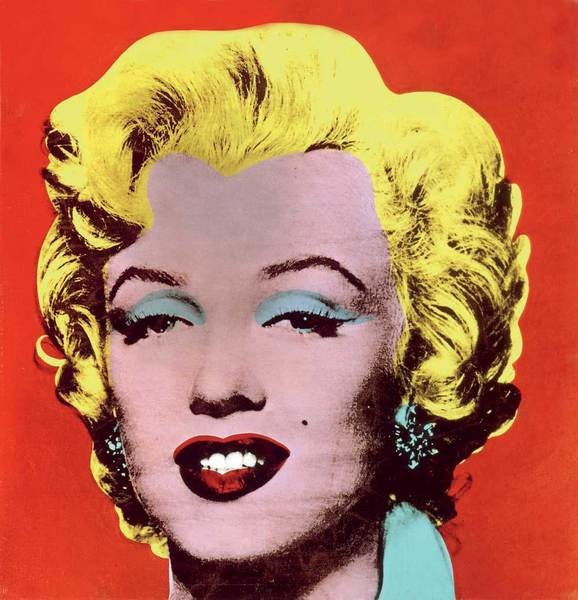 Pop art in the interior
Pop art in the interior


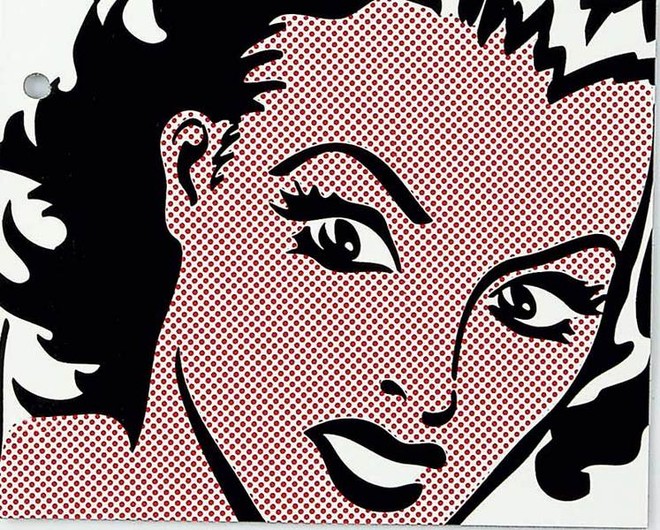 «Pop Art» — is an abbreviation forpopular art («mass art»). Although this term originated in 1955 in England, its most iconic works were created by American artists. Andy Warhol's tin cans, cola bottles and coloured photographs of movie stars, Roy Lichtenstein's comics transferred to canvas, bicycles enlarged to absurdly gigantic sizes, hammers and pins turned into sculptures by Claes Oldenburg are familiar to almost everyone. Pop art introduced images of everyday life and mass culture, ordinary, vulgar and insignificant things into «high» contemporary art. Moreover, unlike the avant-garde artists of the first half of the 20th century, such as the Dadaists, with whom they are often compared, or their contemporaries, the New Realists, pop artists introduced into art not crude reality, but mass media phantoms. Ordinary, vulgar, insignificant things - newspaper photographs, advertisements, supermarket packaging. And at the same time, they preserved in their works that deliberately artificial euphoria that is characteristic, say, of advertising. Textbook works of pop art are remembered as easily and joyfully as the everlasting rock hits of the 1960s. Andy Warhol was for 20th century art what The Beatles were for music: both in the sense of an elementary irrevocableness for history, and in the sense of a deceptive ease of perception. However, Warhol himself preferred the eternal rivals of The Beatles - the Rolling Stones (he painted a series of portraits of Mick Jagger and designed one of the band's discs). Which is understandable: pop art is by no means as cloudlessly positive as it may seem at first glance, and its own "devilry" is undoubtedly present there. It is worth looking a little more closely at this "everyday life" and you feel how non-existence appears behind the senseless multiplication of banal images.
«Pop Art» — is an abbreviation forpopular art («mass art»). Although this term originated in 1955 in England, its most iconic works were created by American artists. Andy Warhol's tin cans, cola bottles and coloured photographs of movie stars, Roy Lichtenstein's comics transferred to canvas, bicycles enlarged to absurdly gigantic sizes, hammers and pins turned into sculptures by Claes Oldenburg are familiar to almost everyone. Pop art introduced images of everyday life and mass culture, ordinary, vulgar and insignificant things into «high» contemporary art. Moreover, unlike the avant-garde artists of the first half of the 20th century, such as the Dadaists, with whom they are often compared, or their contemporaries, the New Realists, pop artists introduced into art not crude reality, but mass media phantoms. Ordinary, vulgar, insignificant things - newspaper photographs, advertisements, supermarket packaging. And at the same time, they preserved in their works that deliberately artificial euphoria that is characteristic, say, of advertising. Textbook works of pop art are remembered as easily and joyfully as the everlasting rock hits of the 1960s. Andy Warhol was for 20th century art what The Beatles were for music: both in the sense of an elementary irrevocableness for history, and in the sense of a deceptive ease of perception. However, Warhol himself preferred the eternal rivals of The Beatles - the Rolling Stones (he painted a series of portraits of Mick Jagger and designed one of the band's discs). Which is understandable: pop art is by no means as cloudlessly positive as it may seem at first glance, and its own "devilry" is undoubtedly present there. It is worth looking a little more closely at this "everyday life" and you feel how non-existence appears behind the senseless multiplication of banal images. Almost everyone knows what pop art looks like, but aboutWhat these works mean, in which there seems to be nothing to understand, can be debated endlessly. It is a commonplace to say that pop art is a reaction of contemporary art to mass culture and consumer society. But the attitude of pop art to consumer society seems quite ambiguous - either the artists ridicule it, as befits true intellectuals, or, on the contrary, create an apology for it. It is known that pop art arose as an antithesis to abstract expressionism, whose abstraction it contrasted with a return, if not to reality, then to figurative art. One can argue about whether this turn was a sign of the democratization of art (popular can also be translated as "folk") or, on the contrary, its bourgeois nature. Was it a revolutionary gesture - After all, the fundamental questions of the avant-garde were posed anew: what separates art from non-art, what is a work of art and what is the role of the author in it, - or, on the contrary, a concession to the very mass culture whose images and language pop art borrowed. Be that as it may, pop art remains one of the most influential trends in contemporary art - and the most successful, as indicated by the prices of the works of its masters, the print runs of reproductions and the number of quotes from Warhol and other pop artists that fly off into bags, wallpaper and hats. Probably, more or less successful members of consumer society (be they collectors of original Warhols or the middle class hanging his reproductions on the wall) need to remind themselves from time to time for a thrill that all this consumerist well-being is just a phantom, a rainbow soap bubble. And the simple, at first glance, works of pop art are ideal for this.
Almost everyone knows what pop art looks like, but aboutWhat these works mean, in which there seems to be nothing to understand, can be debated endlessly. It is a commonplace to say that pop art is a reaction of contemporary art to mass culture and consumer society. But the attitude of pop art to consumer society seems quite ambiguous - either the artists ridicule it, as befits true intellectuals, or, on the contrary, create an apology for it. It is known that pop art arose as an antithesis to abstract expressionism, whose abstraction it contrasted with a return, if not to reality, then to figurative art. One can argue about whether this turn was a sign of the democratization of art (popular can also be translated as "folk") or, on the contrary, its bourgeois nature. Was it a revolutionary gesture - After all, the fundamental questions of the avant-garde were posed anew: what separates art from non-art, what is a work of art and what is the role of the author in it, - or, on the contrary, a concession to the very mass culture whose images and language pop art borrowed. Be that as it may, pop art remains one of the most influential trends in contemporary art - and the most successful, as indicated by the prices of the works of its masters, the print runs of reproductions and the number of quotes from Warhol and other pop artists that fly off into bags, wallpaper and hats. Probably, more or less successful members of consumer society (be they collectors of original Warhols or the middle class hanging his reproductions on the wall) need to remind themselves from time to time for a thrill that all this consumerist well-being is just a phantom, a rainbow soap bubble. And the simple, at first glance, works of pop art are ideal for this.



 The term "op art" (short for opticalart (optical art), which emerged much later, in 1964, goes back to the very abstractionism that pop art essentially fought against. However, works that can be classified as op art began to appear long before the 1960s. Victor Vasarely created his work "Zebra", considered the first op art work, back in 1938. Obviously, op art is the heir to the geometric abstractionism of the early twentieth century. But unlike the works of Malevich or Mondrian, op art opuses exist not so much on canvas as in the space of viewer perception. This is the art of optical illusions, in which the flat seems three-dimensional, and the motionless seems moving. Vasarely himself called his paintings "a perpetual motion machine-trick". A visit to a large op-art exhibition can cause real attacks of dizziness. It is this almost physical effect of the ground slipping out from under your feet that ensures the popularity of the movement, which has something of the popularity of an attraction. And in this sense, op-art in its most common manifestations is perhaps even closer to mass culture than pop-art. However, these seemingly unrelated movements do have one point of intersection - the psychedelic culture that emerged in the 1960s. (Brian Gisin's radical op-art work "Dream Machine" even required a special viewing: the lacy cylinders rotating around a bright bulb had to be contemplated with eyes closed, enjoying the visions that flashes of light create behind closed eyelids.) Both op-art and pop-art equally sought to shake the sense of reality, to change the viewer's consciousness. Op-art, with its optical tricks, caused genuine dizziness. Pop-art - mental dizziness, bringing the most banal images of everyday life to a hallucinatory, almost unbearable brightness and clarity.
The term "op art" (short for opticalart (optical art), which emerged much later, in 1964, goes back to the very abstractionism that pop art essentially fought against. However, works that can be classified as op art began to appear long before the 1960s. Victor Vasarely created his work "Zebra", considered the first op art work, back in 1938. Obviously, op art is the heir to the geometric abstractionism of the early twentieth century. But unlike the works of Malevich or Mondrian, op art opuses exist not so much on canvas as in the space of viewer perception. This is the art of optical illusions, in which the flat seems three-dimensional, and the motionless seems moving. Vasarely himself called his paintings "a perpetual motion machine-trick". A visit to a large op-art exhibition can cause real attacks of dizziness. It is this almost physical effect of the ground slipping out from under your feet that ensures the popularity of the movement, which has something of the popularity of an attraction. And in this sense, op-art in its most common manifestations is perhaps even closer to mass culture than pop-art. However, these seemingly unrelated movements do have one point of intersection - the psychedelic culture that emerged in the 1960s. (Brian Gisin's radical op-art work "Dream Machine" even required a special viewing: the lacy cylinders rotating around a bright bulb had to be contemplated with eyes closed, enjoying the visions that flashes of light create behind closed eyelids.) Both op-art and pop-art equally sought to shake the sense of reality, to change the viewer's consciousness. Op-art, with its optical tricks, caused genuine dizziness. Pop-art - mental dizziness, bringing the most banal images of everyday life to a hallucinatory, almost unbearable brightness and clarity.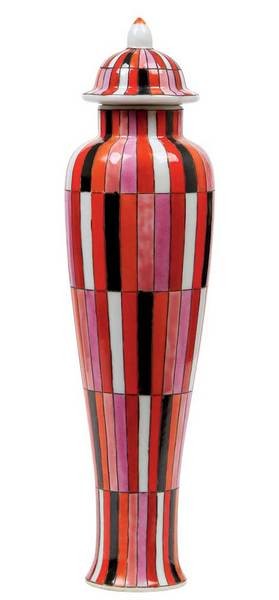




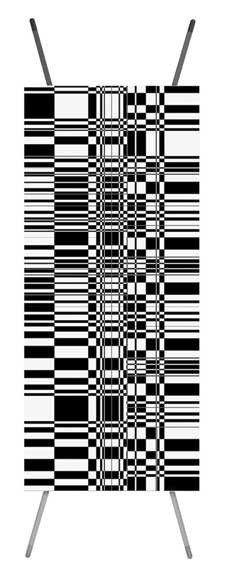

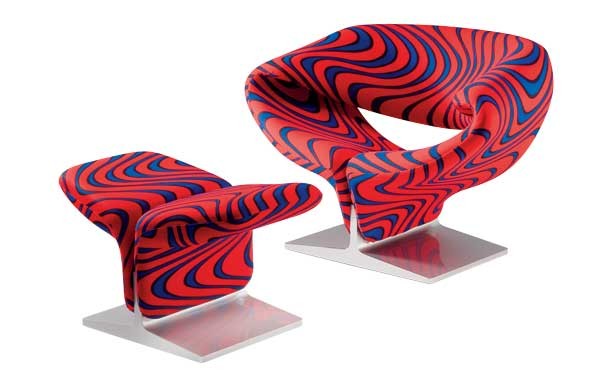
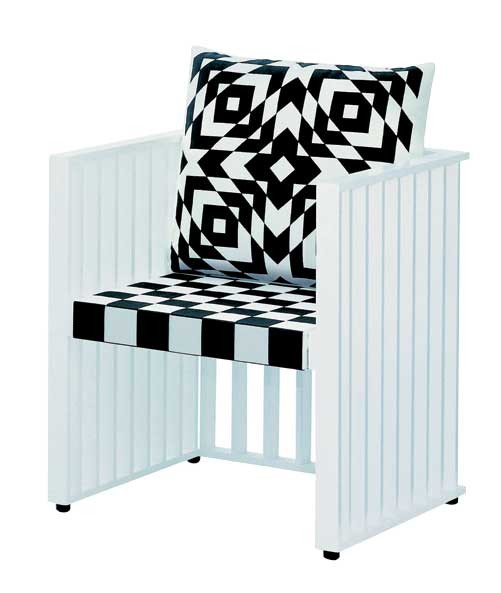
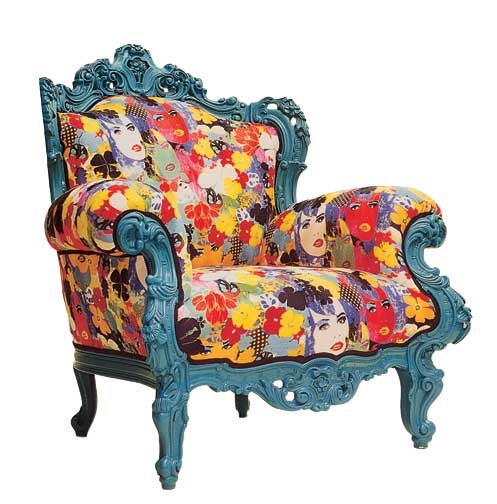

Making Money with Desserts: Success Stories
Evgeniya Polischuk (Fedutinova) instagram:@evgeniyafedutinovavk.com/janeshomebaking– It all started with baking for family and friends. Gradually, I started posting photos of my baked goods on Instagram – and orders started coming in. I made my first custom-made cake on October 13, 2014, and a little earlier I started making macaroons and cupcakes. You could say that the business “found me”, I am very […]

Soups are cold recipes with photos
Cold cucumber soup with yogurt and lemonsorbet from the chef of the restaurant La Taverna Alexander Zhurkin Photo: Getty Images Ingredients: Plain yoghurt – 125 g Cucumber – 150 g Lemon/lime sorbet – 50 g Cocktail shrimp – 24 g Fresh ginger juice – 1 g Lime juice – 5 g Fresh orange juice – 5 g Parsley – 1 g Pink pepper – 1 g Watercress – […]

barbeque kebab
Pork tenderloin in glaze Photo:Dmitry Bayrak/dbstudioPreparation time: 20 minutes + marinating time.Calories: 454 kcal per serving.For 4 servings: 4 pork tenderloins (approximately 300 g each), 1 onion, 2 cloves of garlic, 1 tsp. lemon zest, 1 tsp. lemon juice, a pinch of ground cumin, coriander and turmeric, 1 tbsp. vegetable […]

Pierre Duacan: dietary recipes: Ducane diet
Beetroot soup Photo:Season’S, Luxury Hotels RepresentationYou will need:· Boiled beetroot – 60 g· Fresh cucumbers – 20 g· Red radish – 20 g· Green onions – 10 g· Egg – 1 pc.· Drinking mineral water – 200 g· Salt – 1 gPreparation:· Boil the egg and beetroot.· Grate the cucumbers, radish and part of the beetroot. Put everything […]





